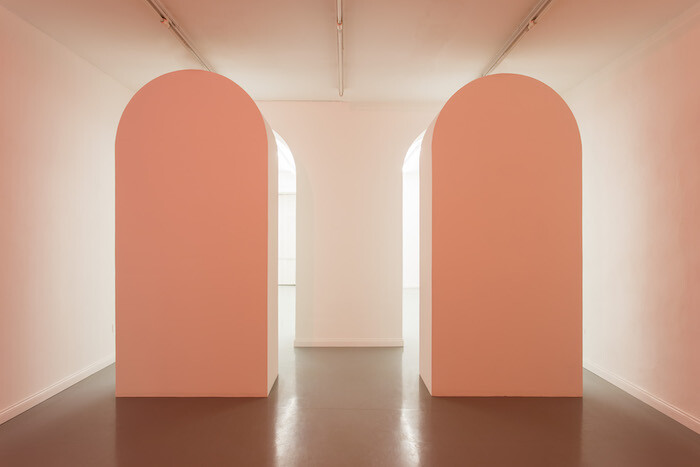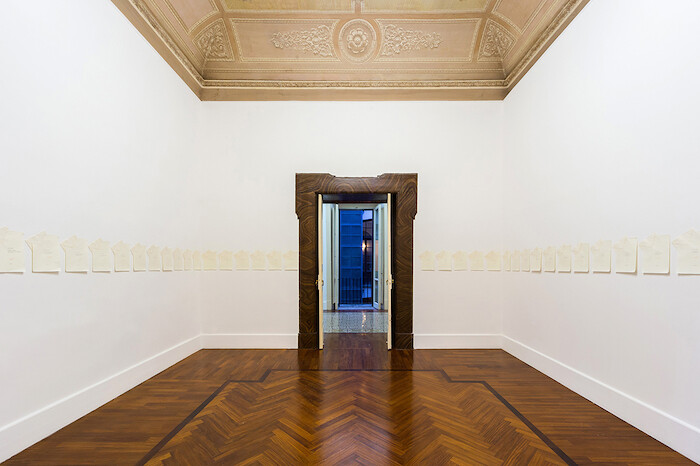Categories
Subjects
Authors
Artists
Venues
Locations
Calendar
Filter
Done
December 21, 2017 – Review
Delia Gonzalez’s “The Last Days of Pompeii” and “Pompei@Madre. Materia Archeologica”
Barbara Casavecchia

I had forgotten about The Day After until the North Korea/US missile crisis brought it back to mind with a bang. Aired in November 1983, the American TV movie terrified over 100 million viewers with its graphic images of a nuclear conflict between the US and the Soviet Union, leading to the manmade destruction of humanity. The poster image of the giant mushroom cloud, towering over the horizon, was everywhere. Maybe every era has a different cloud to fear, the current one being the capitalized Cloud propelled by Capitalism. And maybe that’s why the cloud “like an umbrella pine” that erupted from Mount Vesuvius in 79 AD and buried Pompeii under flaming rocks, pumice, ash, and sulfur gases still fascinates us. As evergreen disaster story and hyperfictionalized icon of a past apocalypse, it exorcises our fears of termination.
Gli ultimi giorni di Pompei [The Last Days of Pompeii], an Italian silent movie directed in 1913 by Mario Caserini and Eleuterio Rodolfi, was one of the first “Kolossals” of the disaster genre. It opens with a view of Pompeii’s busy streets, where peplum-clad citizens cross a city gate, flanked by two candid stelae. Its plot is based on a novel of the …
November 11, 2015 – Review
Tomaso Binga’s “Scrivere non è descrivere" [To Write is Not to Describe]
Barbara Casavecchia

“My dear friend, I write you on domenica [Sunday], because it’s the only feminine day of the week.” “My dear friend, solitude or company?” “My dear friend, tonight I danced salsa forever.” “My dear friend, I hate the static nature of electric lights.” “My dear friend, I prefer daisies.” “My dear friend, I still believe in people.”
Once a week for all the 52 weeks of a year, artist and poet Tomaso Binga (b. 1931) sat down at her desk on Sunday to type and sign a letter to herself. A small reminder, of the same sort we now hurriedly type on our smartphones in order to transfix ephemeral ideas, names, bits and pieces, as if a machine-generated disposable note could protect us from the fading of individual memories. Binga chose instead to write on carta amalfitana, a precious handmade paper manufactured in Amalfi since the Middle Ages, so durable and costly it is usually reserved for wedding announcements. The result is Ti scrivo solo di domenica [I write you only on Sundays] (1977), a sequence of 52 letters and envelopes, now neatly pinned to the gallery walls to form a candid horizontal line, a personal calendar where poems, instead of …